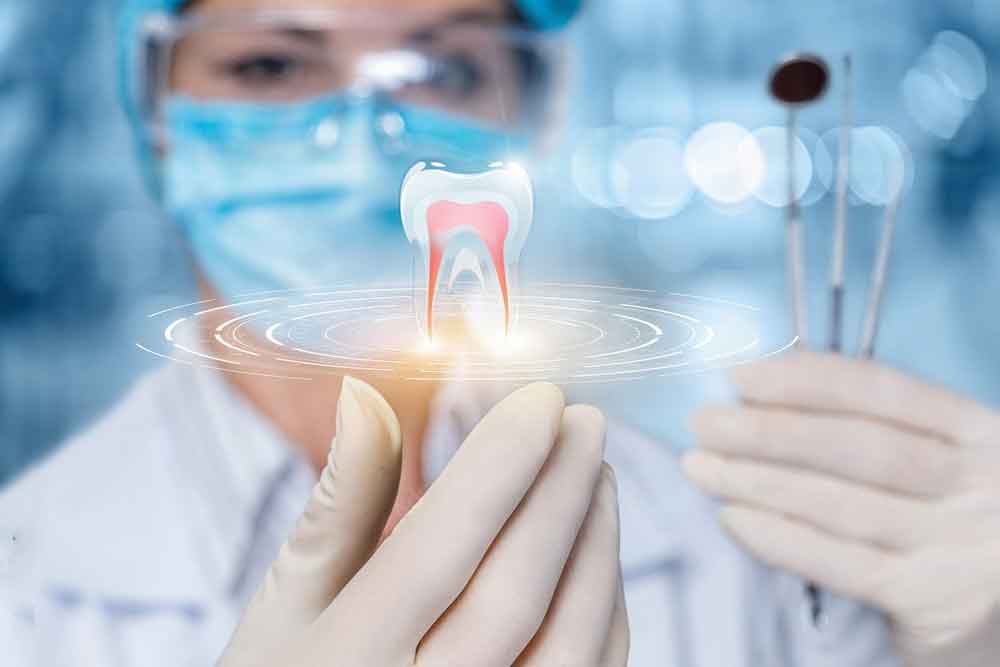Dental implants have become an increasingly popular solution for people who have lost one or more teeth. They offer a durable, long-lasting solution that is both functional and aesthetically pleasing. However, with so many different types of dental implants available, it can be difficult to know which one is best for you. One key factor to consider is the surface of the implant, and in particular, SLA surface implants. In this article, we will explore the advantages of SLA surface for dental implants.
- Enhanced osseointegration
- Improved soft tissue attachment
- Reduced healing time
- Higher success rates
- Reduced risk of implant failure
Enhanced osseointegration
Osseointegration is the process by which the implant integrates with the surrounding bone tissue. The better the osseointegration, the stronger and more stable the implant. An SLA surface implant has a rough surface that allows for better bone-to-implant contact. The implant’s greater surface area stimulates bone to develop around it, making the implant stronger and more stable.

SLA Surface
Improved soft tissue attachment
Soft tissue attachment is critical in the success of an implant. The soft tissue around the implant needs to adhere to the implant, creating a natural-looking gumline and a better aesthetic outcome. The rough surface of an SLA surface implant helps improve soft tissue attachment around the implant. The rough surface encourages the soft tissue to grow into the crevices of the implant, creating a stronger and more stable attachment.
Reduced healing time
Because of the improved osseointegration and stability provided by SLA surface implants, the healing time can be significantly reduced compared to other types of implants. Patients can have their replacement teeth fitted sooner, which allows them to get back to their normal activities more quickly.

Higher success rates
Studies have shown that SLA surface implants have higher long-term success rates compared to implants with smooth surfaces. This is due to the enhanced osseointegration and improved soft tissue attachment that the rough surface of the SLA implant provides.
Reduced risk of implant failure
Implant failure can occur due to various reasons, such as implant rejection, bone loss, and infection. The rough surface of an SLA surface implant reduces the risk of implant failure as it encourages faster and more effective osseointegration. The implant’s stability and strength also play a crucial role in reducing the risk of implant failure. With an SLA surface implant, the risk of failure is significantly reduced.
In conclusion, SLA surface implants offer several advantages over other types of implants, including enhanced osseointegration, improved long-term success rates, improved soft tissue attachment, and reduced healing time. If you’re considering dental implants, be sure to discuss the benefits of SLA surface implants with your dentist to make an informed decision about which type of implant is best suited for your specific needs. The advantages of SLA surface for dental implants make it an excellent option for those seeking a long-lasting, functional, and aesthetically pleasing solution for missing teeth.





Frage, haben Sie in Deutschland eine Niederlassung / Ansprechpartner oder muss ich diese Implantate im Ausland kaufen ?
Mit freundlichem Gruß
Markus
Nein, wir haben keine Niederlassung in Deutschland. Wir haben eine Niederlassung in Paris, Frankreich, aber Sie können unsere Produkte trotzdem über unsere Website kaufen. Danke